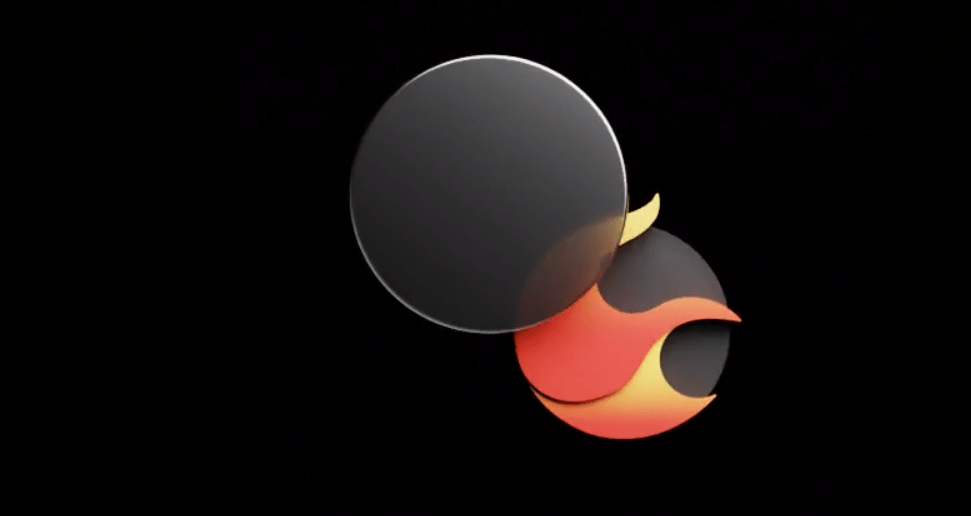(Last Updated June 13th, 2025)
- Terra LUNA 2.0 is the rebooted blockchain after the original Terra ecosystem collapse.
- It runs on a proof-of-stake model with staking rewards and governance roles.
- This guide explains how to stake LUNA 2.0, the difference from LUNA Classic, and its future outlook.
Stake Terra LUNA 2.0 in just 5 minutes. This guide walks you through the exact steps to earn up to 15% APY — even if you’re brand new.
New projects and updates continue to reshape the landscape, and one such evolution is the creation of Terra LUNA 2.0, following the collapse of the original Terra ecosystem. This article delves into what Terra LUNA 2.0 is, how it works, and its future potential in the crypto market.
What is Terra LUNA 2.0?
Terra LUNA 2.0 is the most recent iteration of the Terra blockchain, designed to rebuild trust after the original Terra protocol’s collapse. Originally created by Do Kwon and Daniel Shin in 2018, Terra sought to offer stability in fiat-backed cryptocurrencies while harnessing blockchain’s capabilities for faster and more efficient transactions. However, the algorithmic stablecoin UST’s failure triggered a chain reaction, leading to the establishment of Terra 2.0.
How to Stake Terra LUNA 2.0: A Simple Step-by-Step Guide
If you’re looking to earn passive income or get involved in governance, staking LUNA 2.0 is the way to go. Here’s how to get started:
- Purchase LUNA 2.0 from an exchange like Binance or KuCoin.
- Set up a Terra-compatible wallet (e.g., Terra Station).
- Connect your wallet to the staking dashboard on Terra Station.
- Choose a validator from the list. Look at commission rates and uptime.
- Delegate your LUNA tokens and confirm the transaction.
- Claim your rewards regularly or reinvest to compound earnings.
💡 Tip: Research validator reliability before delegating large amounts.
Key Features of Terra LUNA 2.0
- ✅ Proof-of-Stake Mechanism
Terra 2.0 operates on a typical proof-of-stake (PoS) system where 130 validators secure the network. Users can stake LUNA 2.0 tokens to participate in network consensus, earning rewards in return. - ✅ Governance and Staking
By staking LUNA 2.0, holders gain the ability to vote on the future of the blockchain and earn rewards. Validators receive commissions for their role in maintaining the network, while delegators share in these rewards based on their voting power. - ✅ Airdrop and Investor Incentives
To restore confidence, Terra 2.0 introduced a carefully structured airdrop for previous LUNA holders. Over 70% of the new tokens are distributed over two years to prevent immediate dumping, ensuring a gradual reintegration into the market. - ✅ Distinction Between LUNA 2.0 and LUNA Classic
Terra 2.0 and LUNA Classic (LUNC) operate as separate chains. While LUNA 2.0 focuses on new, utility-driven decentralized applications (DApps), LUNA Classic aims to continue as a community-driven platform with reduced supply through token burning.
History and Evolution of Terra Blockchain
The Terra blockchain, founded in 2018, quickly grew as a powerhouse in the DeFi space, with over $20 billion locked into its network applications by December 2021. However, following the collapse, Terra 2.0 was developed to reboot the ecosystem and offer a more sustainable approach.
Differences Between LUNA 2.0 and LUNA Classic
Despite their similarities, LUNA 2.0 and LUNA Classic serve distinct purposes. LUNA Classic is focused on community-driven initiatives and a shrinking token supply, while LUNA 2.0 aims to innovate with new DeFi projects and a more stable, utility-based framework.
Is Terra LUNA 2.0 Secure?
Security concerns remain a focal point for investors following the Terra collapse. With 130 active PoS validators, Terra 2.0 has a solid structure to protect its ecosystem. However, the crypto market’s volatility and lack of regulation continue to pose risks.
❓ Frequently Asked Questions (FAQ) ✅
Q1: Can I unstake LUNA 2.0 anytime?
No. Unstaking requires a 21-day unbonding period before your tokens become liquid again.
Q2: What kind of rewards can I expect from staking?
Staking rewards range between 5% and 15% annually, depending on validator performance.
Q3: Is staking LUNA 2.0 safe?
It’s relatively safe, but you should be aware of potential risks like validator slashing and market volatility.
Conclusion
Terra LUNA 2.0 represents a fresh start for the Terra ecosystem, aiming to regain investor trust through a robust, utility-focused blockchain. Whether it will succeed depends on its ability to adapt, innovate, and maintain a stable, trustworthy network. As with any investment, thorough research and due diligence are crucial for potential investors.

